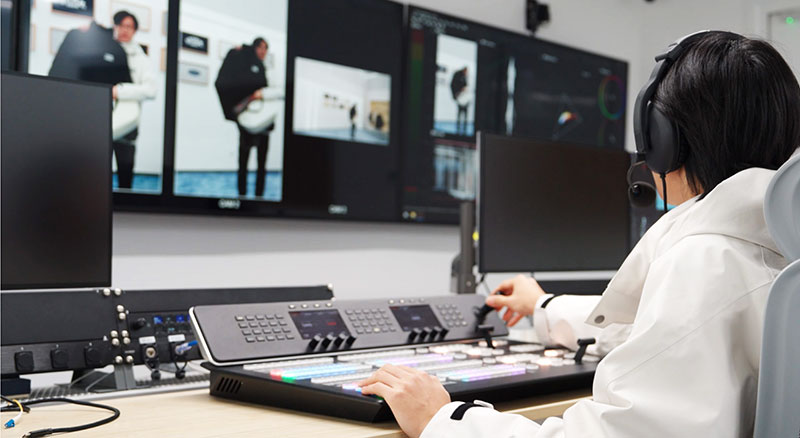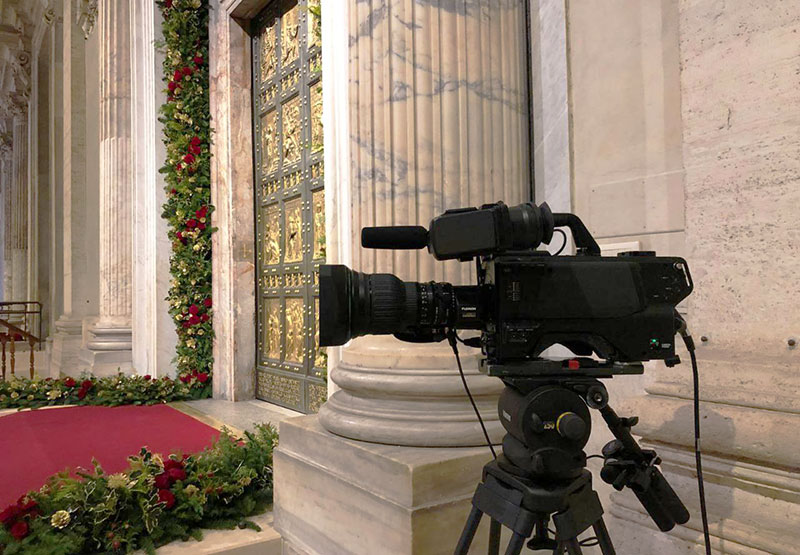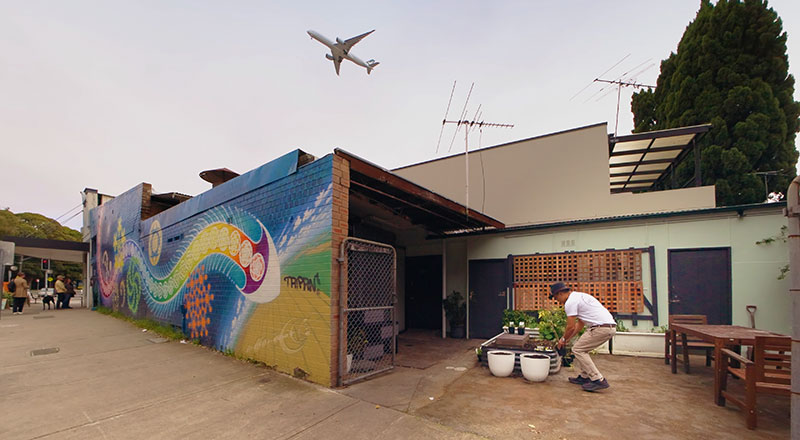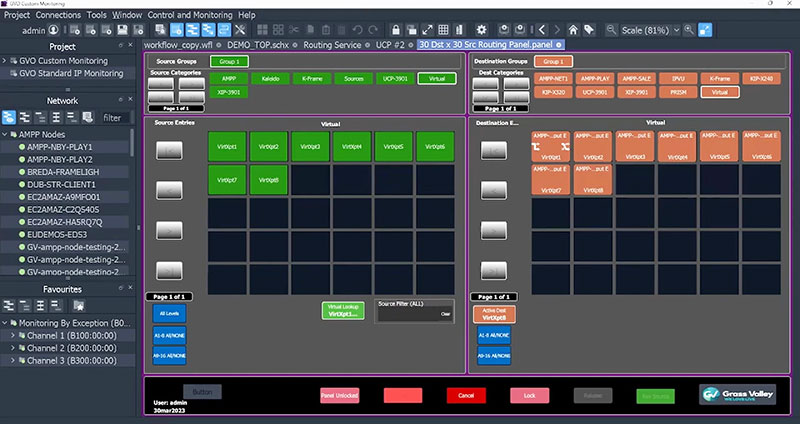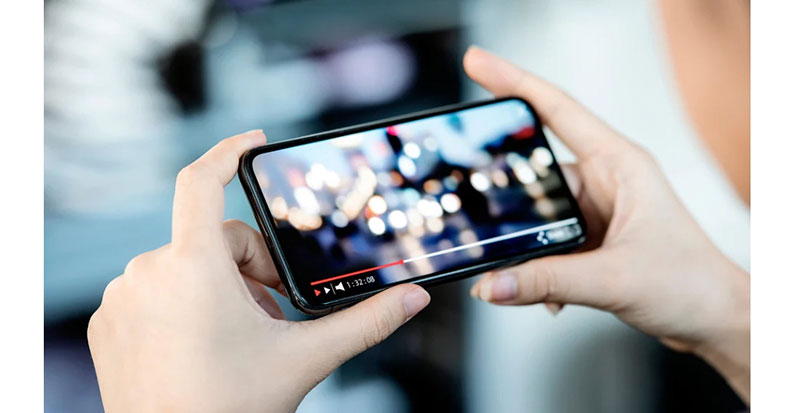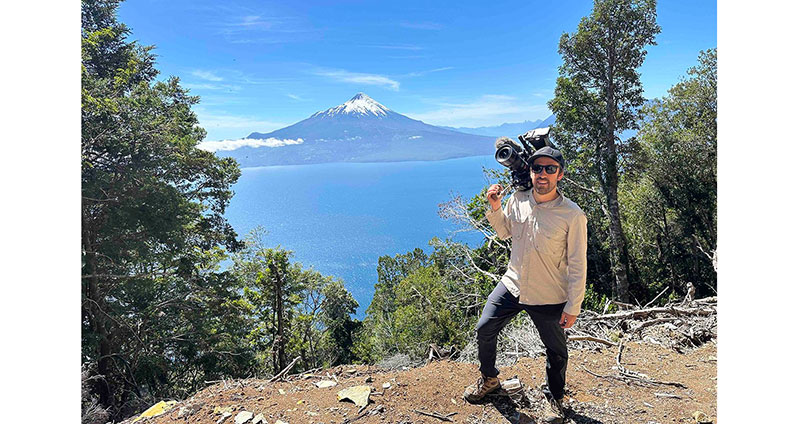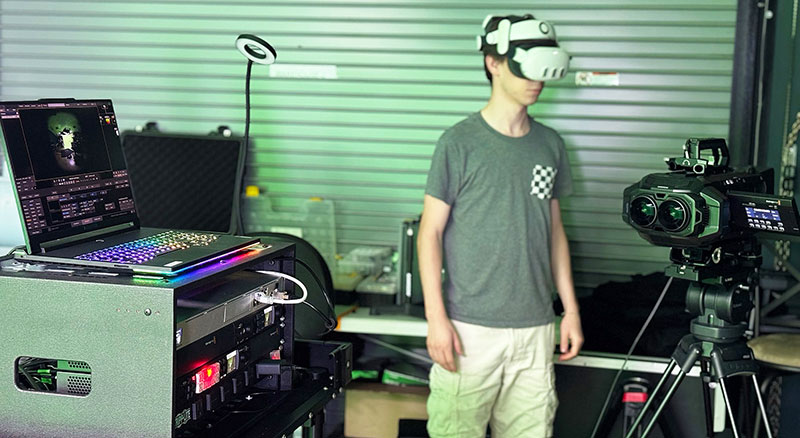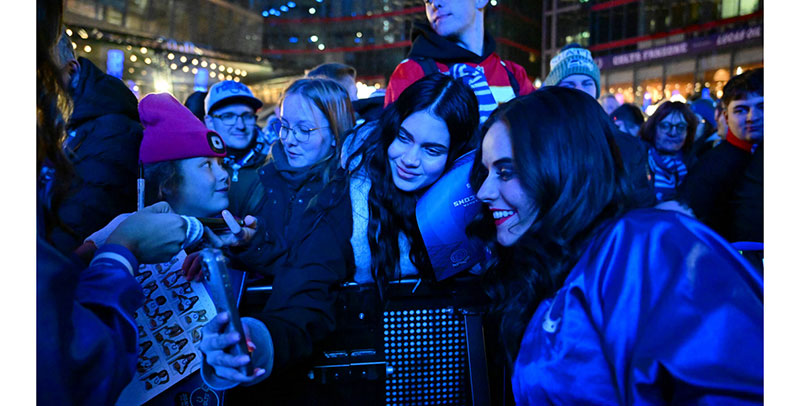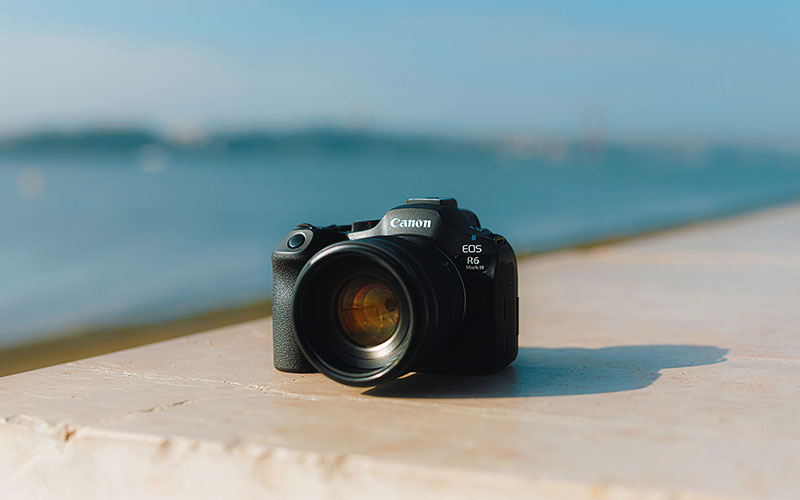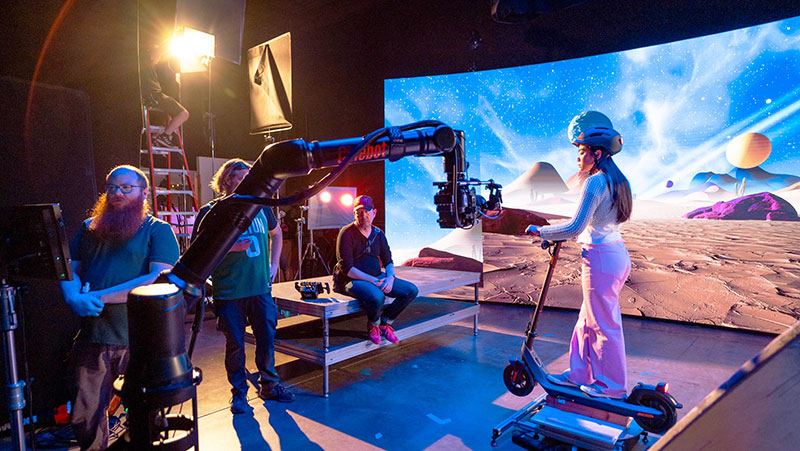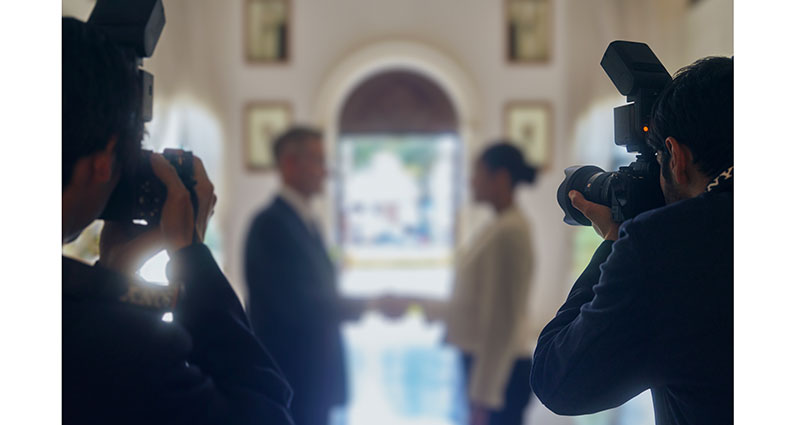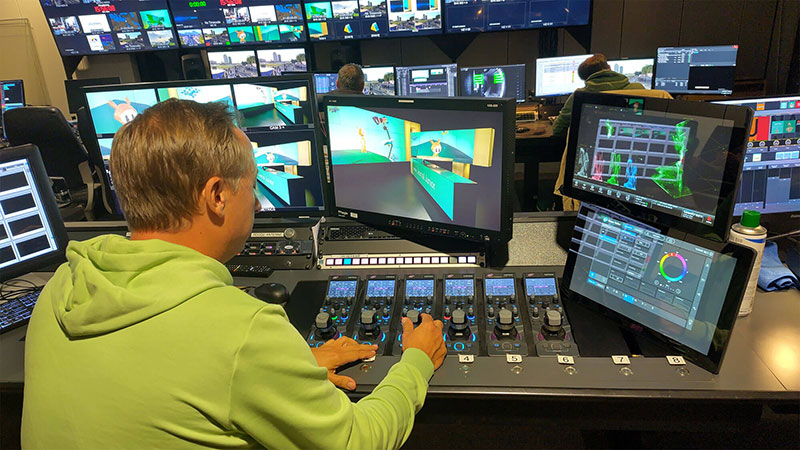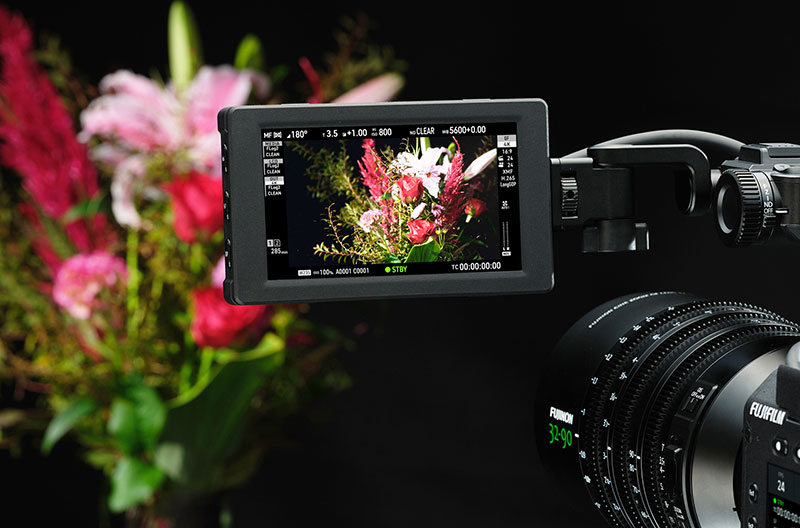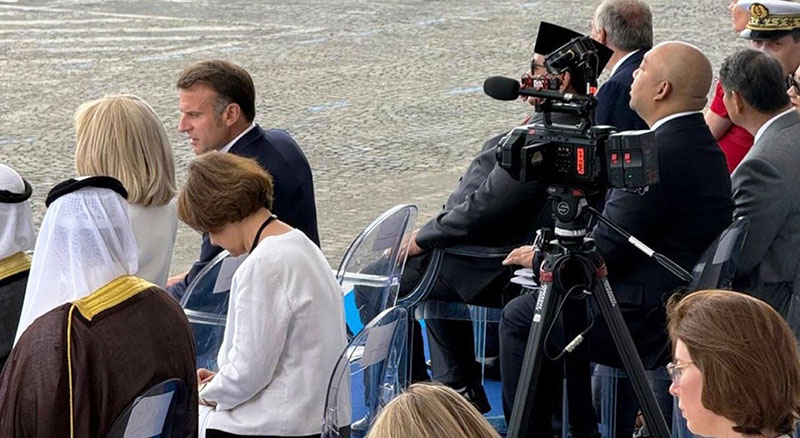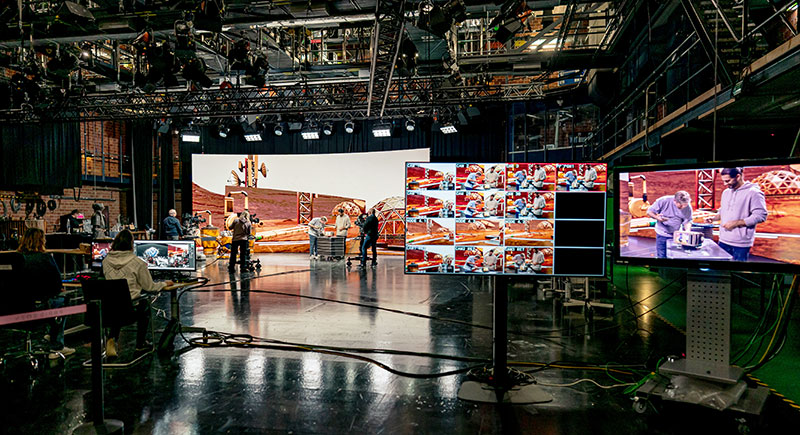The PYXIS 6K helped DP Alessandro Zonin shoot an ad campaign with the precision and colour accuracy needed to composite an actor’s CG double into a familiar supermarket environment.
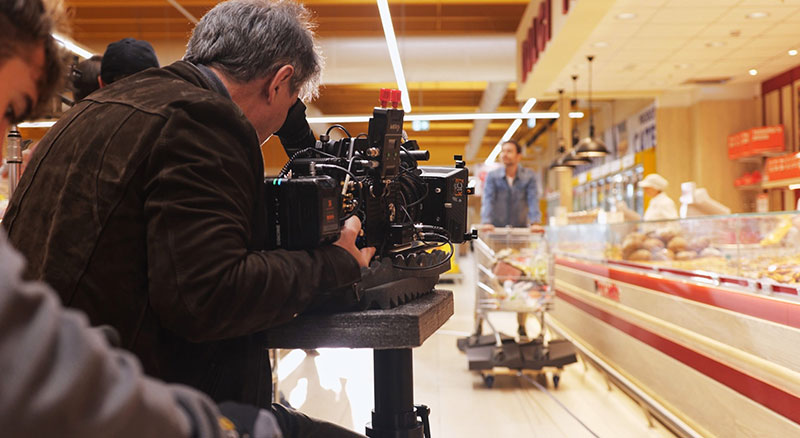
At their local supermarket, customers push carts between aisles filled with colourful packages and special offers. The scene is familiar, but something extraordinary is happening – a man hovers in midair, his cart floating beside him – as viewers find themselves in the middle of a new ad campaign for Italy’s Rossetto Supermarkets.
The campaign’s concept, La Spesa dei Sogni (Dream Shopping), was inspired by Rossetto’s policy of keeping prices low year round rather than focussing on loyalty cards and promotions.
DP Alessandro Zonin (AIC, IMAGO) helped his director Paolo Doppieri meet various challenges on set to produce the final television commercial. One of the biggest of those challenges was integrating a digital clone of the main character, who is seen floating through the real world environment. “We created a full CGI avatar based on detailed scans and high resolution photographs of our lead actor,” Alessandro said.
Dilemma at the Supermarket
VFX artist Tommaso Malaisi created the digital double, replicating every detail. “The goal was to ensure that the avatar interacted naturally with the environment and the real character,” said Alessandro. “The scenes were shot without the actor or avatar present, relying on precise lighting and composition references for later CGI integration. It required obsessive attention to detail, on a par with big feature film productions.”
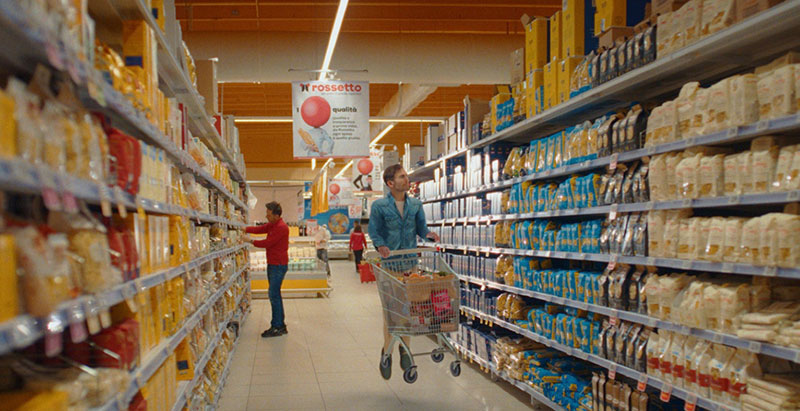
The production blended live action and CGI footage to create a narrative that balanced the fantastic with realism, and therefore required meticulous planning, starting with detailed site surveys to refine the storyboard. Then they moved on to technical tests using exposure meters and thermal colorimeters to identify, understand and resolve, in advance, any lighting issues that would be affecting the avatar.
Alessandro described the decision to shoot in a working supermarket – challenging but essential for authenticity and visual familiarity. “The crew carefully coordinated filming to minimize disruption to store operations while ensuring that actors and extras could move freely, even with customers present,” he said.
The set location led to interesting creative choices, one of which was to capture the story with the Blackmagic PYXIS 6K digital film camera. Alessandro had been using Blackmagic cameras for some years, but as soon as he heard about the new PYXIS 6K, he tested it. Impressed by its features, he chose it to help with lighting, lens options, acquisition formats and the post workflow.
Light Control
For instance, when the store’s LED lighting began to pose challenges, the team supplemented existing lights with variable temperature LEDs, allowing them to create harmonious, cinematic lighting. “We also used the PYXIS 6K camera’s dual native ISO, which allowed us to switch between 400 and 1250 without sacrificing image quality,” he said. “While theseLED lights are great for a retail environment, their subtle hue variations, imperceptible to the human eye, had to be factored in when lighting the space.”
Alessandro combined the PYXIS 6K with Xeen Meister cine prime lenses. “They are ultra bright, with clarity and neutral colour rendition we needed as a base to complement the sensor,” he noted.
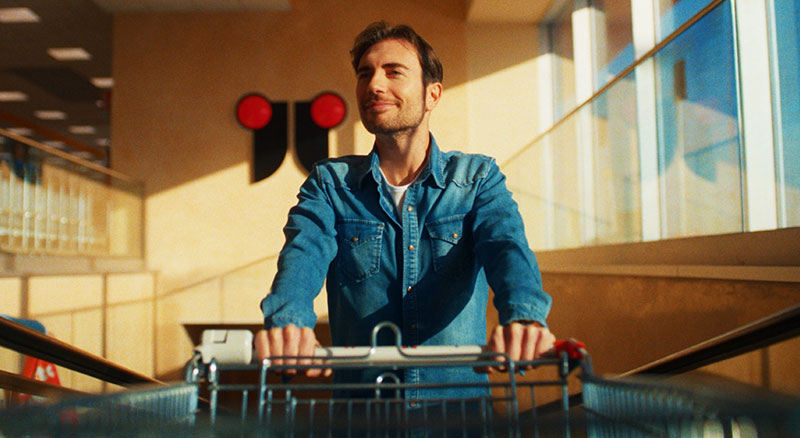
A shallower depth of field was achieved by stopping down the lenses to T1.8, helping to focus attention on the protagonist while softening less relevant background elements. To achieve that, Alessandro used an L to PL Mofage Poco adapter, with an integrated variable ND filter to help control the light. “This set-up allowed us to control exposure without compromising the image’s softness and depth, even though the lighting levels of the environment changed. Also, our director Paolo Doppieri wanted to shoot at 36 fps in Open Gate mode to gently soften movements, giving the film an ethereal quality without pushing into excessive slow motion,” he said.
The camera was rigged using an XLCS Designs cage, which has attachment points for accessories, including a wireless transmitter for focus pulling and the Blackmagic URSA Cine EVF, with a VLock battery system to power the rig.
Unified Pipeline with Blackmagic RAW
Captured in 6K (6048x4032) Open Gate mode, the final delivery format for both broadcast and social media was 4K. The choice of Blackmagic RAW as the acquisition format and DaVinci Resolve Studio as post production software were the project’s ‘common thread’ according to Alessandro, who found certain advantages in this unified pipeline.
One of these was the addition of a remote sharing option. “Blackmagic Cloud allowed us to host and share the project library and media, facilitating a collaboration with the editor and Diego Larosa, our colourist, remotely,” he commented. Shooting on the PYXIS 6K also gave them an integrated proxy workflow, in which the camera recorded smaller H.264 files alongside the camera original media. These files made uploads and sharing much quicker.
The proxies were uploaded directly from the camera to the cloud using a tethered 5G mobile connection and made accessible to all team members involved in the project. “This approach gave us a chance to quickly identify the most compelling clips and lay the groundwork for post production quite early on,” Alessandro said.
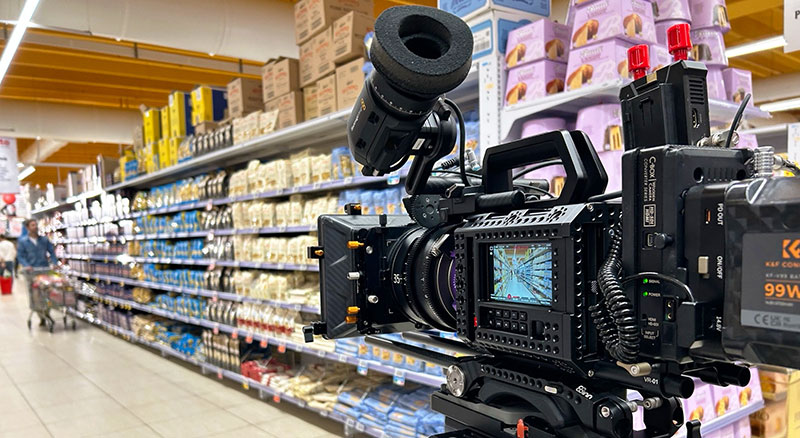
Once the offline edit was underway, work on the grade could begin simultaneously. “Staying in DaVinci Resolve proved very valuable for managing the project's colour workflow and integrating CGI with live action footage, resulting in a cohesive, cinematic look,” he noted.
“A further effect of capturing in Open Gate was flexibility and control over the shots, allowing us to reframe in post. Meanwhile, the camera's built in gyro sensor, recorded as metadata in the footage, saved significant time when stabilising handheld shots during post.” www.blackmagicdesign.com




